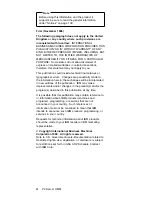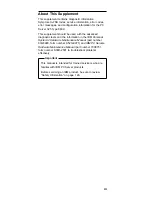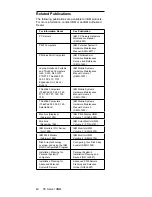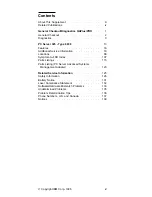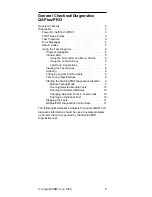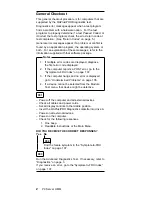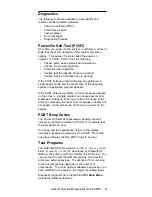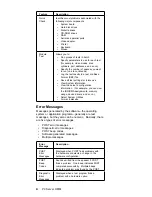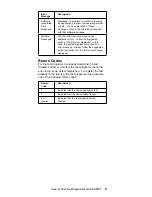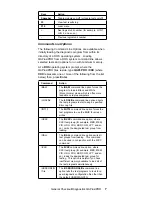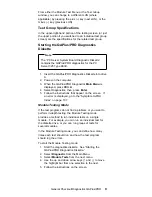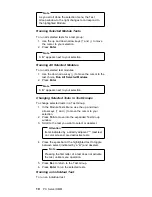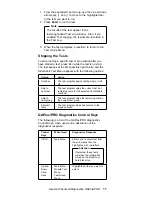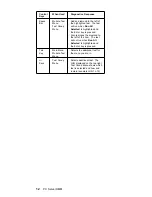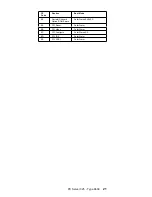
Viewing the Test Groups
As you move the cursor bar up or down in the Test Module
Selection window, the right hand screen changes to show
the attributes, parameters, and the selected tests of the
corresponding Test Group. The diamond “
♦
” mark
indicates a module selected for testing.
The indicated attributes are characteristics of the selected
test module that are used by the test programs to
determine which tests to run or how to run selected tests.
Attributes are also used to limit the allowable range of
parameters (for example, – ending cylinder).
Parameters are values you select to establish the scope of
tests. For example, you can select Extended Memory
testing parameters and limit the testing to a specific range
of test blocks by specifying the starting and ending
memory block. This might be appropriate if prior
experience indicates that problems are likely to exist in a
specific area of memory. By selecting these limiting
parameters, you reduce memory testing time.
Scripting
Scripting allows you to select specific groups of tests,
testing parameters, and options. Your selection is saved
for later use as a test
Script. To set up a test script, first
select all the appropriate test groups and specific tests you
want to run from the Module Testing section under
Diagnostics. You should also select appropriate testing
parameters and options. See “Program Navigation” on
page 6, for instructions to save a test script.
Changing Logical Unit Numbers
In some instances, you can have more than one logical
unit number (LUN) for a particular module. LUNs
represent individual devices within a test group or module.
For example, you might have two diskette drives or two
hard disk drives; or, you might have base and extended
memory installed in the computer. This configuration might
result in as many as two or three different LUNs in the
Memory Test Group.
Command
Action
/SCRIPT
=file[,R]
The /SCRIPT=file[,R] command line option
with the “,R” runs the selected script.
Please see “Scripting” on page 8 for a
description of scripting.
Note
You can use a “–” instead of a “/” as
the command line switch.
8
PC Server HMM
Summary of Contents for 8639 - PC Server 325
Page 97: ...Drawer Model Rails Drives 92 PC Server HMM...
Page 102: ...Operator Panel and Cable Note Loosen do not remove screw Screw PC Server 325 Type 8639 97...
Page 108: ...System Board Note Note A black square indicates pin 1 PC Server 325 Type 8639 103...
Page 120: ...Parts Listings 1 2 3 4 5 6 7 8 9 10 12 11 13 14 15 16 17 18 20 19 PC Server 325 Type 8639 115...
Page 121: ...21 23 24 25 22 26 27 28 29 30 116 PC Server HMM...
Page 129: ...124 PC Server HMM...
Page 145: ...IBM Part Number 84H3049 Printed in U S A S84H 3 49...


